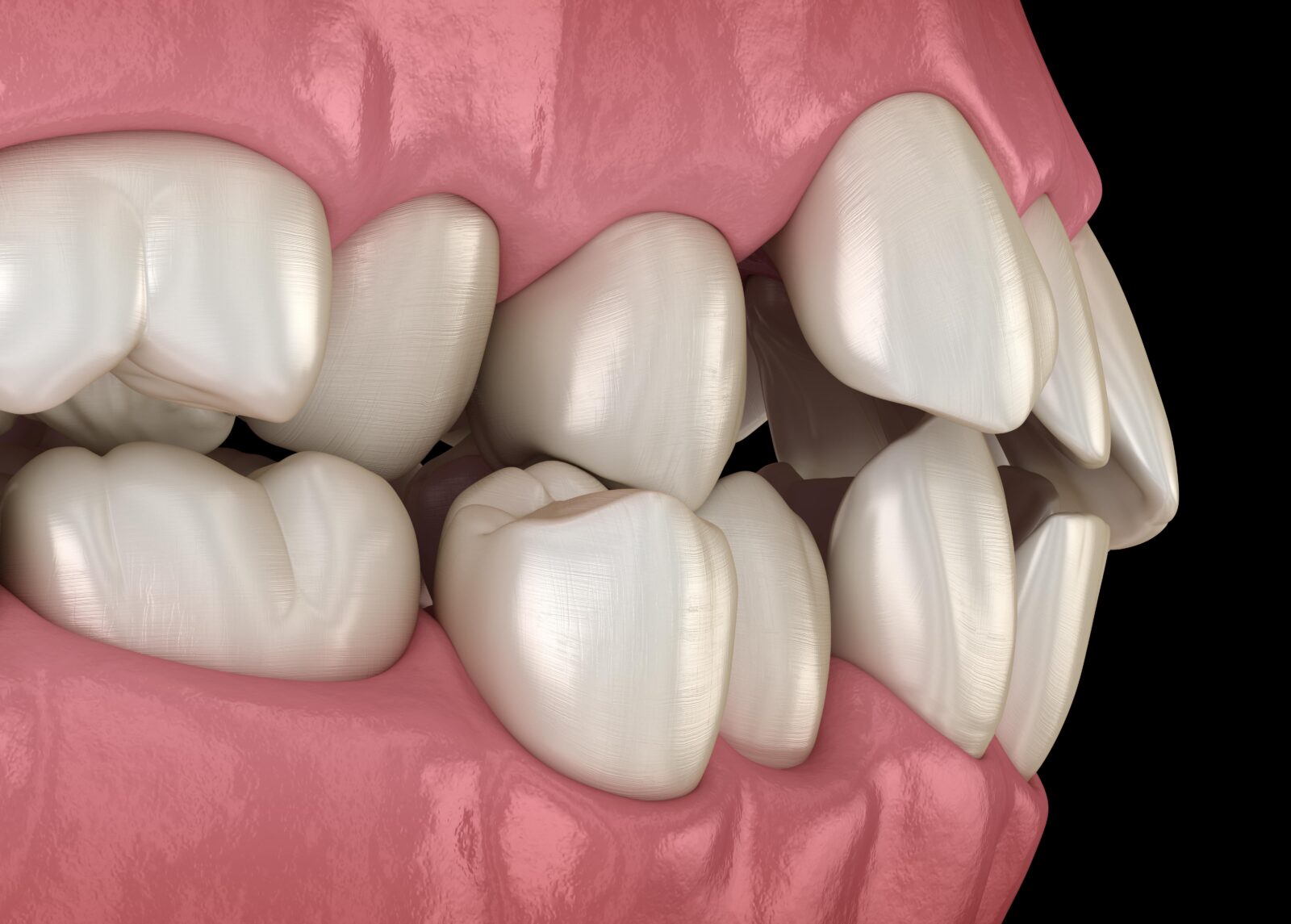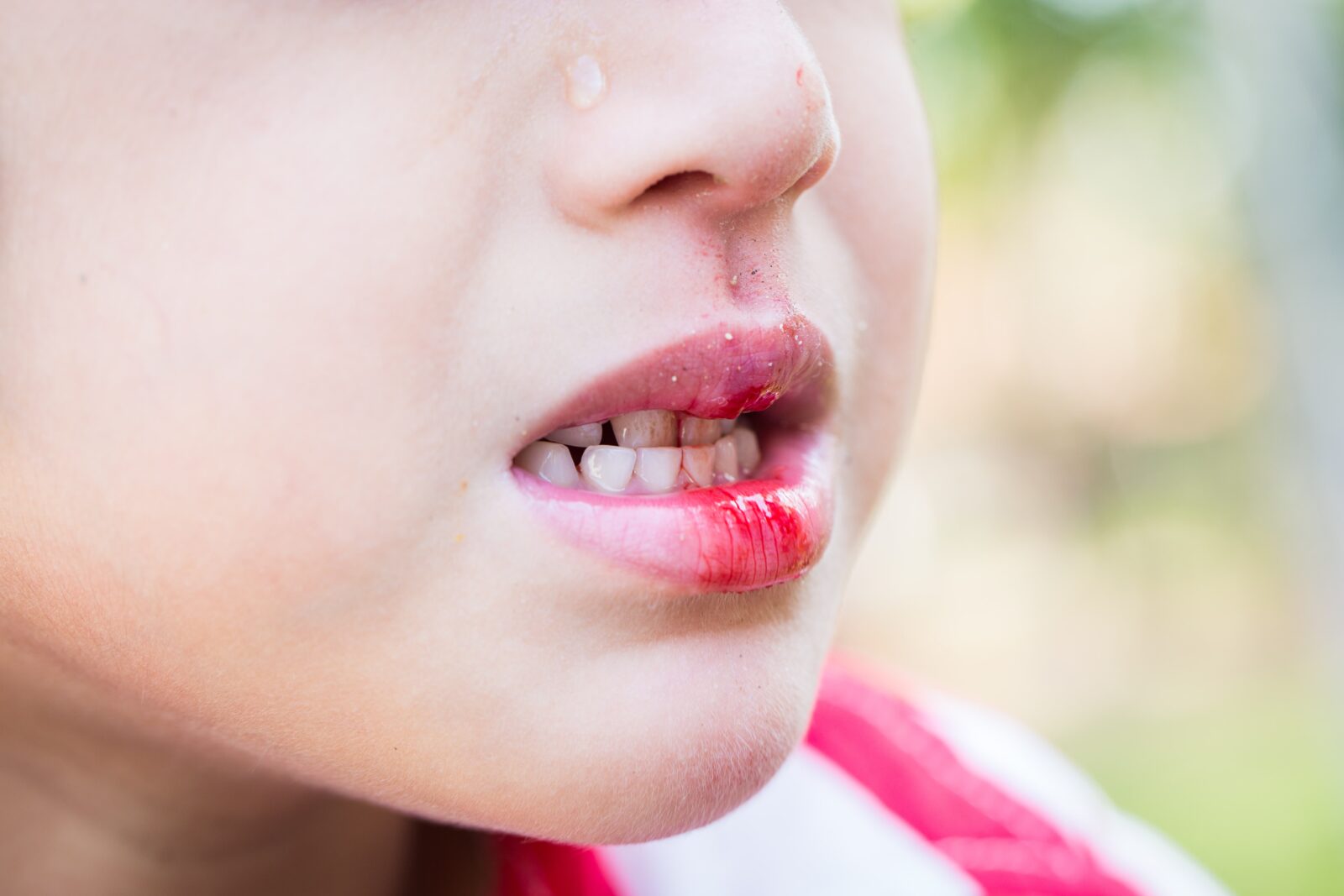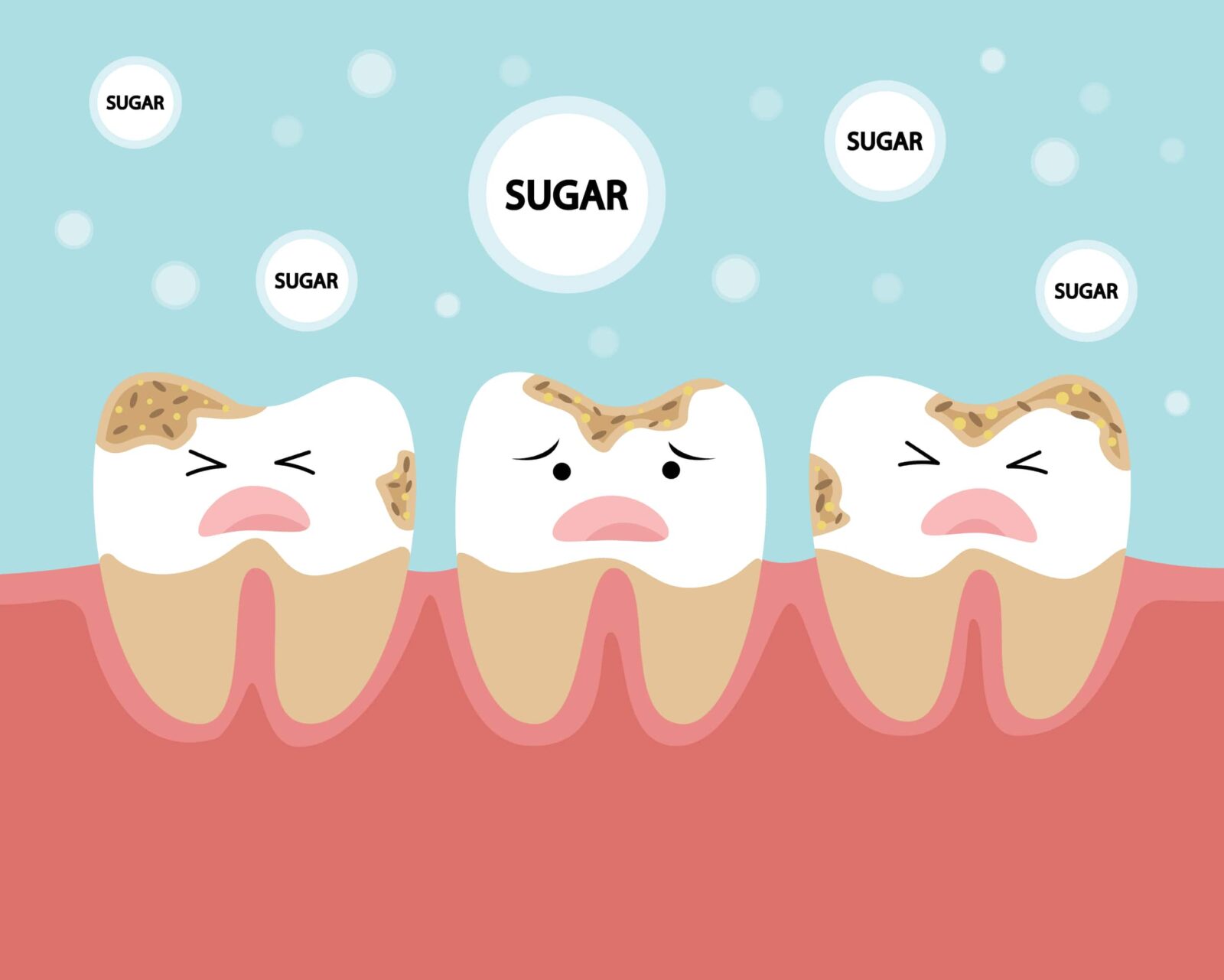Children’s laughter and smiles light up our lives, and taking care of their dental health plays a vital role in preserving those joyful expressions. From the moment those first baby teeth appear, parents and caregivers embark on a journey of nurturing healthy dental habits. In this blog, we’ll delve into some prevalent dental issues that often affect children and explore effective strategies for prevention and management.
The Teething Phase: A Growing Milestone

As parents, witnessing your child’s first teeth coming in is both exciting and challenging. Teething is a natural developmental phase that marks the emergence of a baby’s first teeth through the gums. This process, which typically begins around six months of age and can continue for a few years, can bring about discomfort and irritability in infants. Parents can provide relief by offering safe teething toys, which babies can chew on to alleviate pressure on their gums. Chilled (not frozen) teething rings or a clean, damp washcloth placed in the refrigerator can also offer soothing sensations. Gently massaging the baby’s gums with a clean finger can provide comfort. Parents should be cautious about over-the-counter teething gels, ensuring they are suitable for infants and used as directed. Extra cuddles, patience, and reassurance during this phase can help parents and babies navigate teething with as much ease as possible.
Confronting Cavities and Tooth Decay
Tooth decay in children, often referred to as cavities or dental caries, is a common and concerning issue. It occurs when bacteria in the mouth interact with sugars from food and produce acids that erode the tooth’s enamel, leading to the formation of cavities. Children are particularly susceptible to tooth decay due to factors such as their developing oral hygiene habits, a diet rich in sugars, and the vulnerability of their developing teeth. Untreated cavities can cause pain, discomfort, and potential infections, impacting a child’s overall well-being, nutrition, and speech development. Early detection and prevention are key to combating tooth decay. Promoting proper oral hygiene practices, limiting sugary snacks and drinks, and regular dental check-ups are crucial steps in preventing and addressing tooth decay in children, ensuring a strong foundation for their lifelong oral health.
Breaking the Thumb-Sucking Habit
Thumb sucking and pacifier use, while comforting for infants, can lead to potential dental issues if continued beyond a certain age. Prolonged habits can result in misalignment of the teeth, specifically affecting the positioning of the front teeth and the shape of the palate. This misalignment may contribute to open bites, overbites, or other orthodontic problems. Additionally, thumb sucking or pacifier use can influence speech development and the overall growth of the mouth and jaw. To mitigate these potential issues, parents should encourage their child to gradually reduce thumb sucking or pacifier use as they approach toddlerhood. Positive reinforcement, praise for stopping the habit, and offering alternative comfort strategies can be helpful. For persistent habits, parents can consult with pediatric dentists, who can provide guidance and strategies to gently discourage thumb sucking or pacifier use, ensuring proper oral development for their child’s future smile.
Aligning the Path: Dealing with Malocclusion
Malocclusion refers to the misalignment or improper positioning of the teeth and jaws when the mouth is closed. This condition can manifest as issues such as overcrowding, spacing problems, overbites, underbites, crossbites, or open bites. Malocclusion can result from various factors, including genetics, thumb sucking, prolonged pacifier use, tongue thrusting, mouth breathing, and even dental trauma.
Malocclusion is a common dental issue in children for several reasons:

- Developmental Changes: As children grow, their facial bones and jaws undergo significant changes. Sometimes, the teeth might not align correctly as these changes occur, leading to malocclusion.
- Habitual Behaviors: Thumb sucking, pacifier use, and other oral habits can exert pressure on the teeth and jaws, causing them to shift and resulting in misalignment.
- Genetic Factors: Family history plays a role in dental development. If a child’s parents or close relatives have experienced malocclusion, there’s a higher likelihood that the child might as well.
- Early Childhood Habits: The oral habits formed during early childhood, such as thumb sucking or tongue thrusting, can affect the alignment of teeth and jaws if they persist beyond a certain age.
- Nasal Breathing: Proper breathing through the nose is essential for healthy oral development. Chronic mouth breathing, often due to allergies or other respiratory issues, can contribute to malocclusion by affecting the positioning of the teeth and jaws.
- Nutrition and Oral Habits: Diet and oral habits can influence the growth and alignment of teeth. Frequent use of bottles, sippy cups, or pacifiers can impact the development of the oral structures.
While malocclusion is common in children, early intervention is crucial to guide proper dental development and prevent more severe alignment issues in adulthood. Pediatric dentists and orthodontists can assess the child’s oral development and provide timely interventions to address malocclusion, helping children achieve healthy and well-aligned smiles as they grow.
Gum Troubles: Gingivitis in Children
Gingivitis is a mild form of gum disease characterized by inflammation of the gums, often resulting in redness, swelling, and bleeding during brushing or flossing. It occurs when plaque, a sticky film of bacteria, accumulates on the teeth and irritates the gums. While gingivitis is common among adults, it can also affect children due to various factors. Inadequate oral hygiene practices, lack of proper brushing and flossing, sugary diets, and certain medical conditions can contribute to the development of gingivitis in children. Their developing immune systems and sometimes inconsistent dental routines can make them more susceptible to gum inflammation. Addressing gingivitis early is important, as it can progress to more severe forms of gum disease if left untreated. Encouraging regular and proper oral hygiene practices, teaching children to brush and floss effectively, and promoting a balanced diet are key steps to preventing and managing gingivitis in children. Regular dental check-ups can also help identify and address gum health issues before they worsen.
Handling Dental Emergencies with Calm and Care
Common dental emergencies in children include toothaches, chipped or broken teeth, knocked-out teeth, and injuries to the mouth or gums. If a child experiences a toothache, gently clean around the affected tooth and rinse the mouth with warm water. Over-the-counter pain relief appropriate for the child’s age can be administered as needed, and a visit to the dentist should be scheduled.

For chipped or broken teeth, rinse the mouth with warm water to clean the area and apply a cold compress to reduce swelling. Collect any broken tooth fragments and visit the dentist as soon as possible to determine the necessary treatment.
In the case of a knocked-out permanent tooth, gently rinse the tooth with water (avoid scrubbing), and if possible, try to place it back in the socket without touching the root. If reinsertion isn’t feasible, store the tooth in milk or a tooth preservation kit and seek immediate dental attention. Timing is crucial for the best chance of saving the tooth.
Mouth or gum injuries should be addressed by cleaning the area gently with warm water. A cold compress can help reduce swelling. If bleeding persists or the injury is severe, seek medical or dental care promptly.
In all cases, it’s essential to remain calm, reassure the child, and contact a dentist or healthcare professional for guidance. Dental emergencies should not be taken lightly, and swift action can make a significant difference in the outcome and the child’s comfort.
In Conclusion
Every smile that graces childhood is a precious gift that deserves nurturing and protection. By staying informed about common dental issues and practicing preventive measures, you can equip your child with the tools to maintain a lifetime of healthy oral habits. Remember that patience, education, and a touch of creativity can turn oral care routines into enjoyable and bonding experiences. As you navigate the realm of children’s dental health, you’re not just safeguarding their teeth; you’re nurturing their confidence and well-being, one smile at a time.







